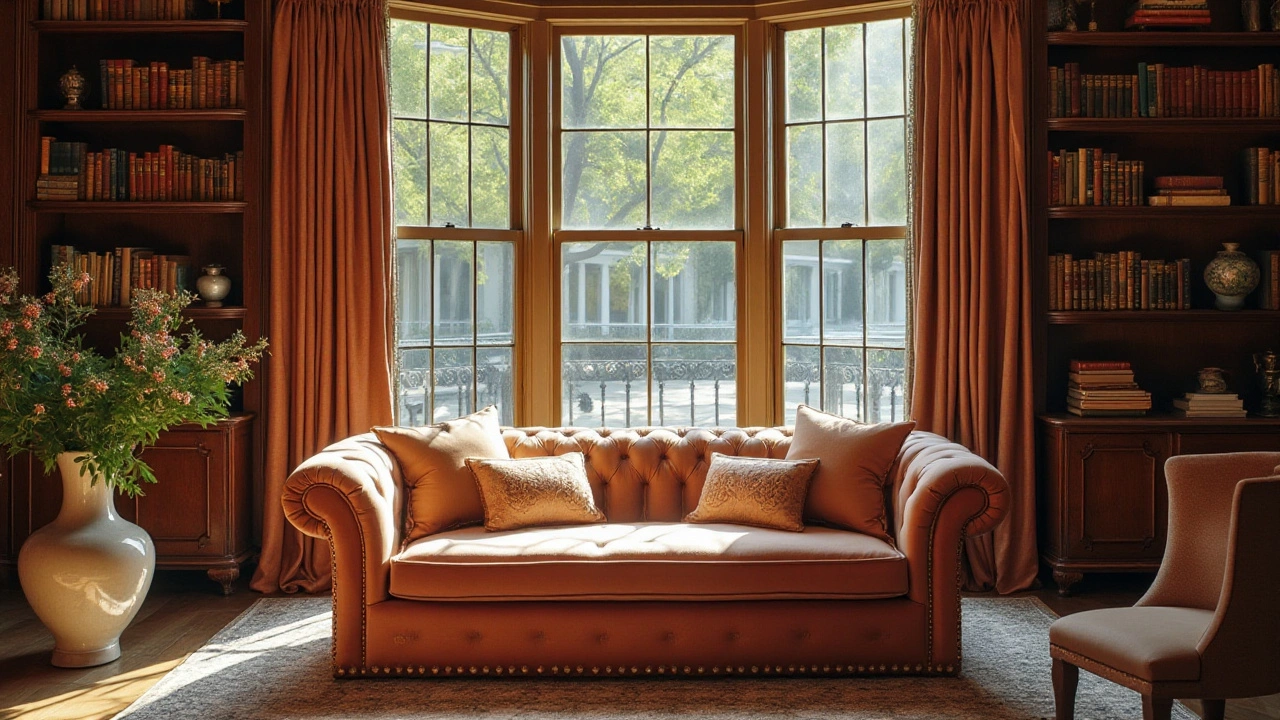Ultimate Sofa Shopping Guide for Everyday Buyers
Buying a sofa feels huge – it’s the biggest piece in your living room and it sticks around for years. To keep the process simple, we break it down into the things that really matter: durability, comfort, size, and style.
First, check the frame. Hard‑wood frames (like oak or beech) outlast cheap particleboard. Look for mortise‑and‑tenon or dovetail joints – they stay together when kids or pets jump on the couch.
Next, think about the springs. Eight‑way hand‑tied coils give a balanced bounce, while sinuous springs are cheaper but can sag faster. If you plan on staying up late binge‑watching, go for tighter springs and high‑density foam cushions.
How to Match Your Sofa to the TV and Room Layout
Most people ask, "How far should the sofa be from the TV?" A good rule of thumb is 1.5 to 2.5 times the screen’s diagonal. For a 55‑inch TV, place the sofa about 7‑10 feet away. That distance avoids eye strain and lets you fill the screen without moving your head too much.
Measure your room before you shop. Sketch a simple floor plan, mark where the TV and windows sit, then drop the sofa’s footprint onto the layout. Make sure you leave at least 30 cm of walking space in front of the sofa – you’ll thank yourself when you’re carrying snacks.
Cushion Placement and Styling Tips
Corner sofas can look clunky if the cushions aren’t arranged right. Start with the largest cushion at the back of the corner, then add smaller throw pillows in a diagonal line toward the edge. This creates a visual flow and makes the sofa feel wider.
Mix textures: a linen throw pillow pairs nicely with a velvet cushion. Keep the colour palette to three shades max – too many colours make the space feel chaotic.
If you need extra seating, consider a sofa bed. Modern sofa beds can last 8‑10 years when you protect the mattress with a breathable cover and rotate the cushions every few months.
When you’re on a budget, look for UK‑based artisan brands that offer solid wood frames with locally sourced upholstery. They often provide better value than big‑box stores because the pieces are built to order and you avoid excess inventory.
Finally, test the sofa in the store. Sit down, lie back, and swing your legs over the armrest. If it feels sturdy and the cushions bounce back quickly, you’ve likely found a good match.
With these quick checks – frame, springs, TV distance, cushion layout, and local sourcing – you’ll walk out with a sofa that fits your space, style, and budget. Happy shopping!
Is a $2000 Sofa Worth the Investment? Essential Insights Revealed
Deciding whether to spend $2000 on a sofa requires assessing factors such as quality, durability, design, and personal lifestyle. A costly sofa can offer luxury and longevity, but it may not always align with everyone's budget or needs. This article explores the real value behind such an investment, providing tips on what to look for when shopping for a high-end piece. Considerations include material choices, brand reputation, and how often you plan to use the sofa. Learn about the potential pros and cons to determine if this expense is justified for your home.
More
